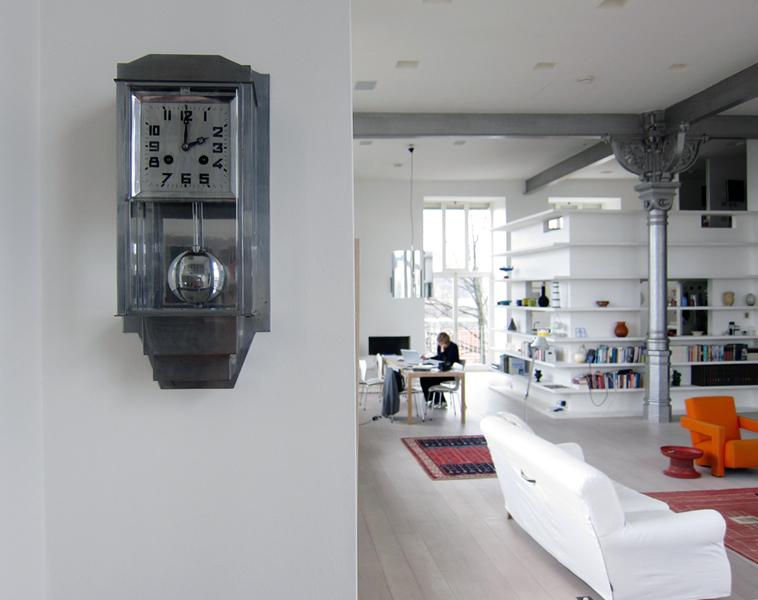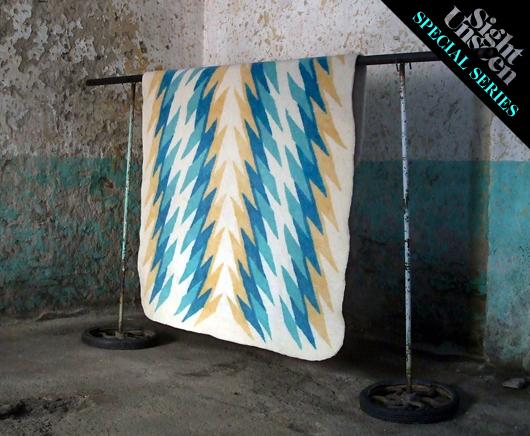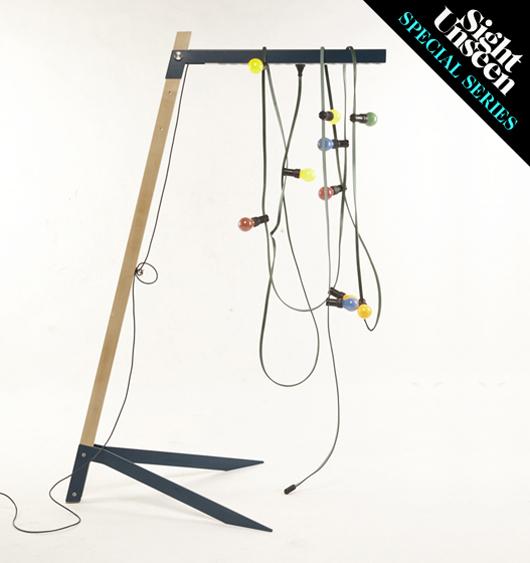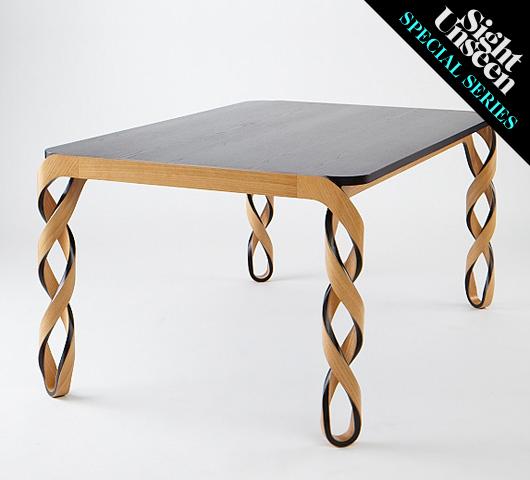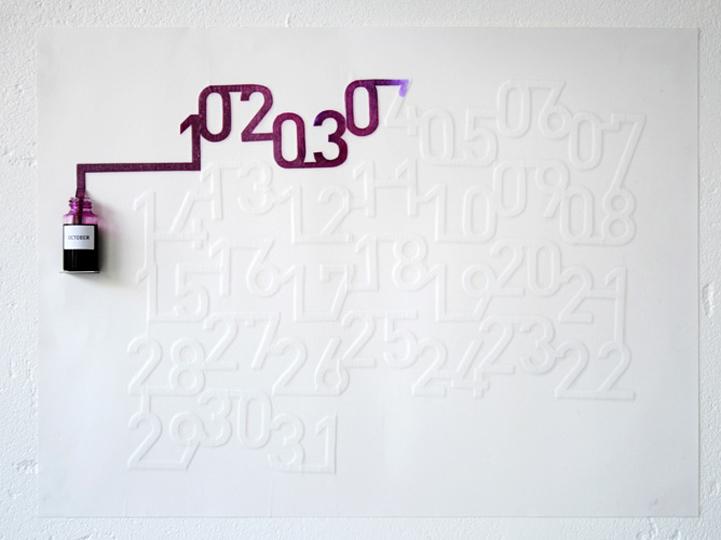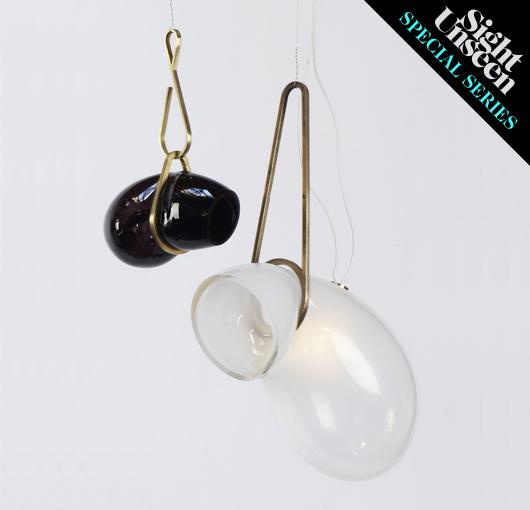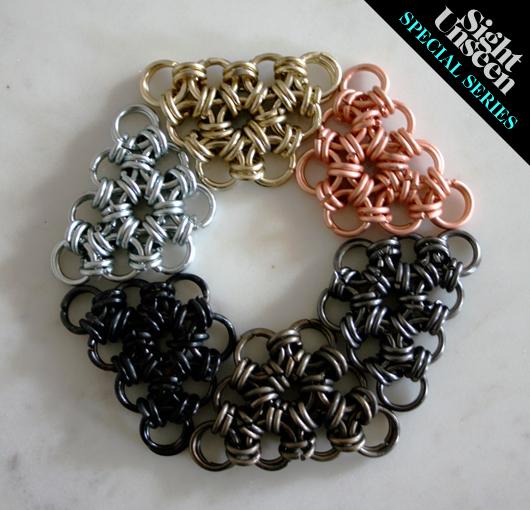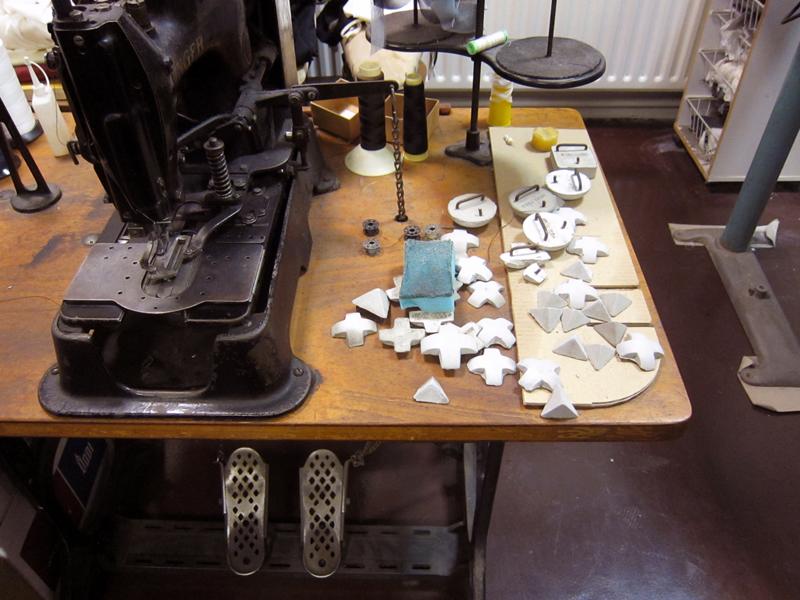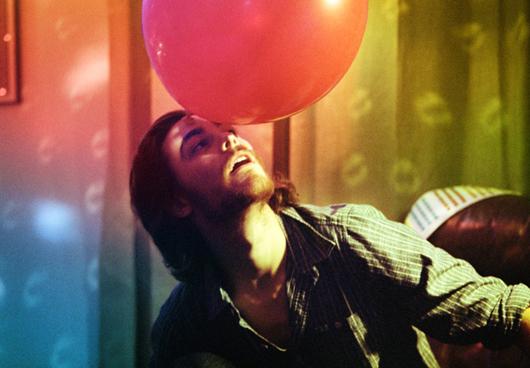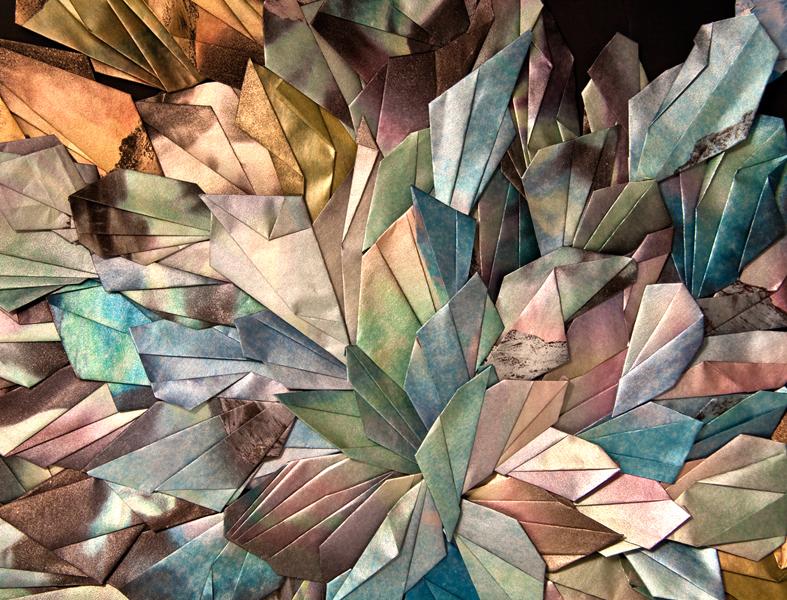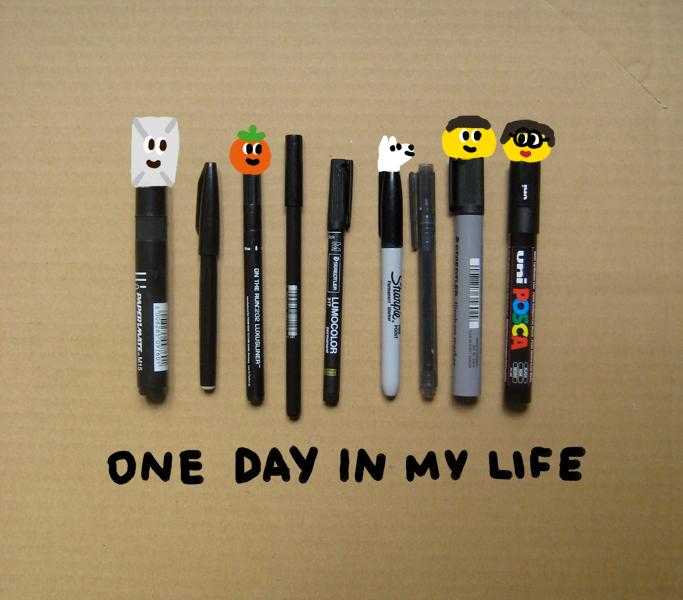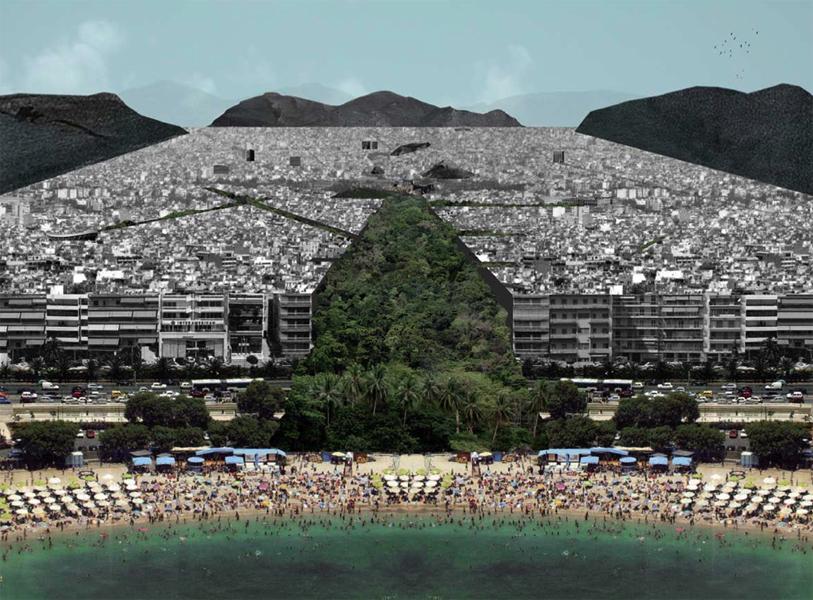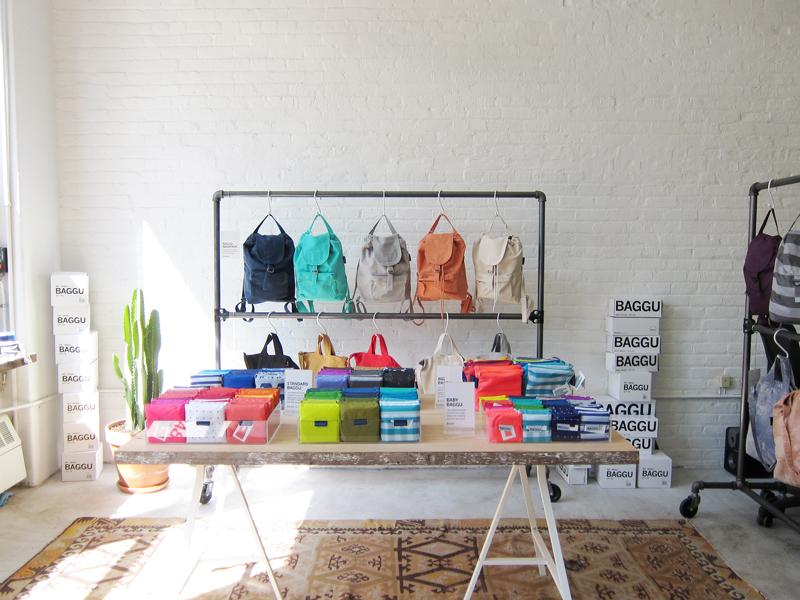
04.25.11
Studio Visit
Inside Baggu, the Hypercolorful, Reusable Tote for Every Generation
“Always listen to your mother” isn’t exactly the kind of central tenet they teach you at Harvard Business School. But for Emily Sugihara, the California-raised, Brooklyn-based designer behind the reusable bag line Baggu, it’s a piece of advice that’s been invaluable to the brand’s runaway success since its founding in 2007. Back then Sugihara was a Parsons grad working as an assistant designer at J. Crew, just coming to realize that a corporate job wasn’t her calling. “As a kid, I was very entrepreneurial, and I always knew I wanted to have my own company,” she says. At home over Christmas break one year, Sugihara and her mother began talking about making a line of reusable shopping bags. Her mom was “sort of a treehugger” and an artist in her own right — an expert seamstress who learned to sew making her own clothes as a kid in rural Michigan — and Sugihara was a die-hard New Yorker-in-training, sporting fingers turned purple each week as she lugged home bags full of groceries. Together they came up with a bag that’s almost exactly like the original ripstop nylon Baggu that sells today: long handles that fit comfortably over the shoulder, gussets along the bottom that allow things like milk and eggs to stack, and a single, double-reinforced seam that’s the result, Sugihara says, of her mother’s “sewing genius.”
